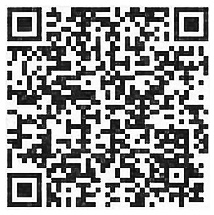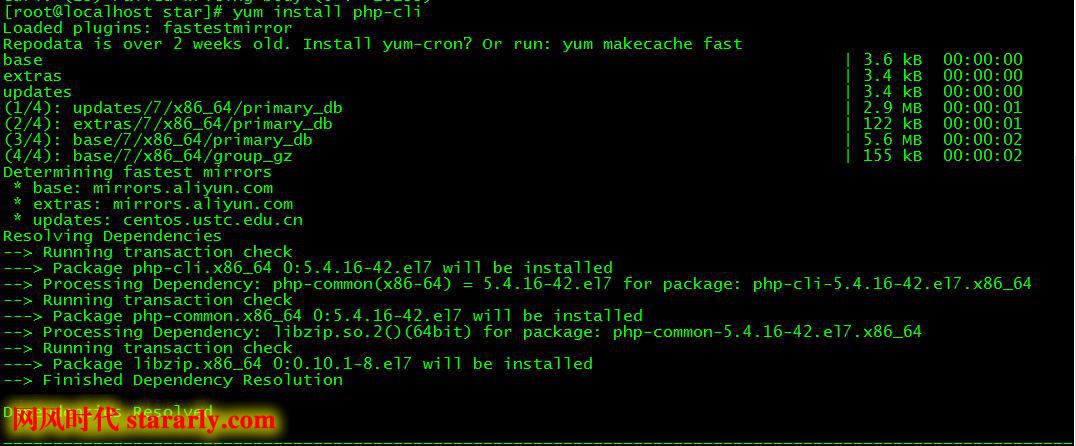# (required)The human-readable name. # (必须)一个可读的名称 # This will appear on the "Appearance" page where the theme is activated. # 当主题激活时会展示在‘外观’页面。 name: xxxxx # (required)Indicates the type of extension, i.e., "module", "theme", or "profile". # (必须)显示扩展的类型,如:"module"、"theme"、"profile" # For themes this should always be set to "theme". This value is case-sensitive. # 对于主题来说,这里必须保持为 "theme"。这个值是区分大小写的。 type: theme # (optional)The description, displayed on the "Appearance" page. description: 'HTML5, SASS, Responsive grid starter theme.' # (optional)Specifies a "package" that allows you to group themes together. # (可选)指定允许将主题分组在一起的“package” package: Core # (required)Specifies the version of Drupal core that the theme is compatible with. # (必须)指定主题与之兼容的Drupal核心版本。 core: '8.x' # (optional)The minimum version of PHP required. Defaults to the value of DRUPAL_MINIMUM_PHP constant. # php: 7.1.9 # (optional)Specifies a version. For themes hosted on drupal.org, # the version number will be filled in by the packaging script. # Do not specify it manually, but leave out the version line entirely. version: '8.x-1.3' # (optional)A list of libraries (which can contain both CSS and JavaScript assets) to add to all pages where the theme is active. # see https://www.drupal.org/node/2216195 libraries: - core/normalize - xxxxx/global # (optional)A collection of libraries and assets to override. # see https://www.drupal.org/node/2216195#override-extend # libraries-override: # (optional)A collection of libraries and assets to add whenever a library is attached. # see https://www.drupal.org/node/2216195#override-extend # libraries-extend: # (recommended)A theme can inherit the resources from another theme by specifying it as a base theme. # It is recommended to use classy or stable (stable is the default if the key is not supplied) # – this makes it easier for your theme to inherit future changes in core theming. # base theme: classy # (optional)Indicates whether or not to hide the theme from the "Appearance" page so that it cannot be enabled/disabled via the UI. # hidden: true # The theme engine. Defaults to "twig". # engine: twig # (optional)The path to logo relative to the theme's .info.yml file. # By default, Drupal will look for a file named "logo.svg" in the root of your theme folder and use that as the theme's logo. # logo: images/logo.png # (optional)The path to screenshot relative to the theme's .info.yml file. # Screenshots should be 588 pixels wide and 438 pixels high, though they are displayed at a smaller size. # By default, Drupal will look for a file named "screenshot.png" in the root of your theme folder and use that as the theme image on the "Appearance" page. # screenshot: fluffiness.png # (optional)A list of theme regions. (Note that region keys are not preceded by a dash.) # A content region is required. # see https://www.drupal.org/node/2469113 regions: header: 'Header' help: Help page_top: 'Page top' page_bottom: 'Page bottom' highlighted: Highlighted content: Content sidebar_first: 'Sidebar first' sidebar_second: 'Sidebar second' footer: 'Footer' # (optional)A list of inherited regions to remove. # regions_hidden: # (optional)A list of features to expose on the theme "Settings" page. # features: # (deprecated)A list of stylesheets from other modules or themes to remove from all pages where the theme is active. # Each value must be a full path relative to the docroot to resolve ambiguity when more than one file with the same name exists. # In cases where the file is part of a library that belongs to a module or theme, a token in the form @module_or_theme_name can be used in place of the full path. # Note that when using the token the value must be quoted because "@" is a reserved indicator in YAML. # Note: This key is deprecated and will be removed in Drupal 9. In most cases libraries-override should be used. # stylesheets-remove: # (optional)A list of stylesheets to add to the CKEditor frame. # ckeditor_stylesheets: # Information added by Drupal.org packaging script on 2017-10-15 project: 'xxxxxxx' datestamp: 1508096954
YAML 文件是新引入的重要项目文件,在 Drupal 8 中,无论是模块、主题还是安装配置文件,都需要 .info.yml 文件来为其存储项目相关的基础信息。
在 Drupal 中,.info.yml 文件通常会被作为以下用途进行使用:
向 Drupal 声明模块、主题、安装配置文件的存在情况
向 Drupal Web管理界面提供信息
提供模块启、禁用条件以及版本兼容性信息
其它管理用途
Hello World 示例
以下是一个简单的 hello_world.info.yml 文件,你可以在本地模块目录(/modules/custom 或 /sites/all/modules/custom)下新建 hello_world 目录,并将包含下方内容到 hello_world.info.yml 文件放置到模块目录中:
name: Hellow World Module
description: Creates a page showing “Hello World”
package: Example
type: module
core: 8.x
代码中的前三行信息会被用于模块管理界面,用户在启用、禁用模块时可以看到这些信息。其中 name 和 description为必填项,分别代表模块的名称与描述。
package 为选填用于设置模块的分组信息。
type 是 Drupal 8中新加入的“必填”信息,用于声明项目的类型,如module, theme或profile(模块、主题或安装配置包)
core 用于设置Drupal内核的版本信息,以便Drupal确认此项目所兼容的Drupal版本。
完整示例
除了上述例子中属性设置项外,项目信息文件还包含其它一些可选的属性,具体可参考以下代码:
name: Hello World Module
description: Creates a page showing "Hello World".
package: Custom
type: module
core: 8.x
dependencies:
- datetime
- link
- views
configure: hello_world.settings
hidden: true
# Note: do not add the 'version' property yourself!
# It will be added automatically by the packager on drupal.org.
version: 1.0
YAML文件中的配置项都足够语义化,单从字面便能理解其含义。如果曾有过 Drupal 相关的开发经验,理解 Drupal 8 中的 YAML 配置文件就更简单了。
stylesheets-remove: 设置的是移除自带的样式。
另外,注意每行缩进使用空格,冒号和小横线后面都有一个空格。




 鲁ICP备09092366号Copyright StarArly.com. All Rights Reserved.
鲁ICP备09092366号Copyright StarArly.com. All Rights Reserved. 
没有评论,留下你的印记,证明你来过。
◎欢迎参与讨论,请在这里发表您的看法、交流您的观点。